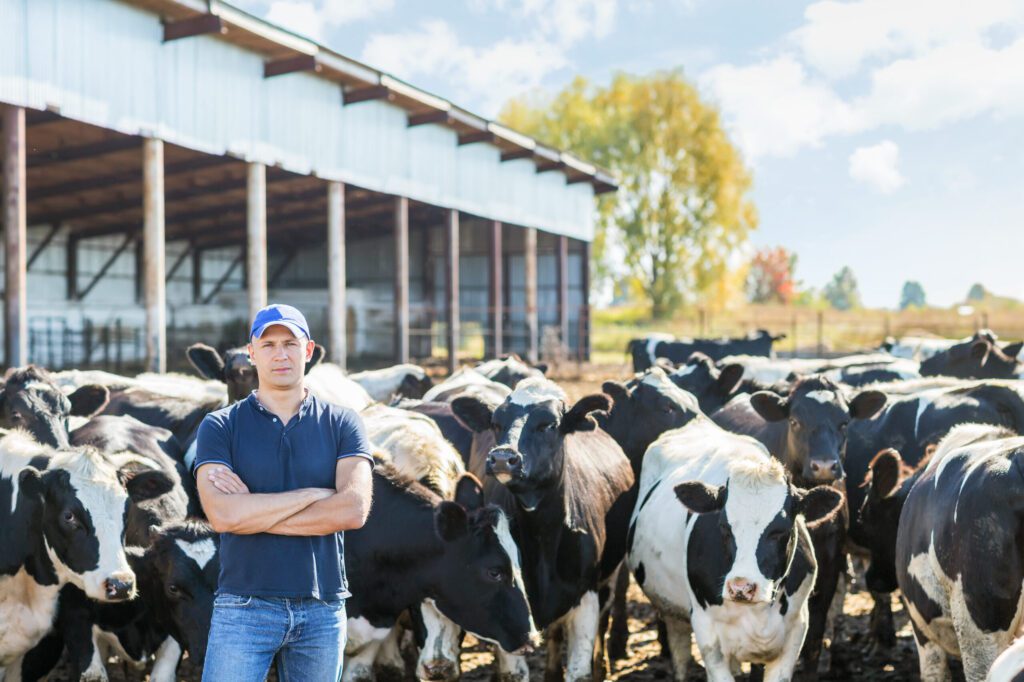Environmental Liabilities at Agriculture and Farming Properties

The most common environmental and regulatory exposures encountered at agriculture and farming properties include the following:
Improper storage of pesticides and fertilizers, which may lead to surface water, soil or groundwater pollution.
Normal and routine application of pesticides and fertilizers to fields over several years, which may impair storm water runoff and shallow groundwater.
Underground storage tanks, which can leak, are used to store heating oil for use in farm residences.
Cattle excrement that may create elevated fecal coliforms in surface waters that may be used as a source of potable water.
Electrical transformers on farm property that may contain PCB dielectric fluid.
Improperly maintained or faulty refrigeration units used for dairy farming resulting in potential contamination from lubricating oils, Freon or ammonia.
Asbestos-containing materials found in buildings and used as insulation for boilers, piping and steam lines.
Improper use, storage and disposal of wood preserving chemicals used for treating building supplies, fence posts or lumber produced by small on-site operations.
This is not an exhaustive list of environmental exposures. It represents the most common environmental exposures for this industry. INSURICA will work with you to identify environmental exposures that are unique to your business to help you reduce risk.
This article is not intended to be exhaustive nor should any discussion or opinions be construed as legal advice. Readers should contact legal counsel or an insurance professional for appropriate advice. © 2024 Zywave, Inc. All rights reserved.
The post Environmental Liabilities at Agriculture and Farming Properties appeared first on INSURICA.



